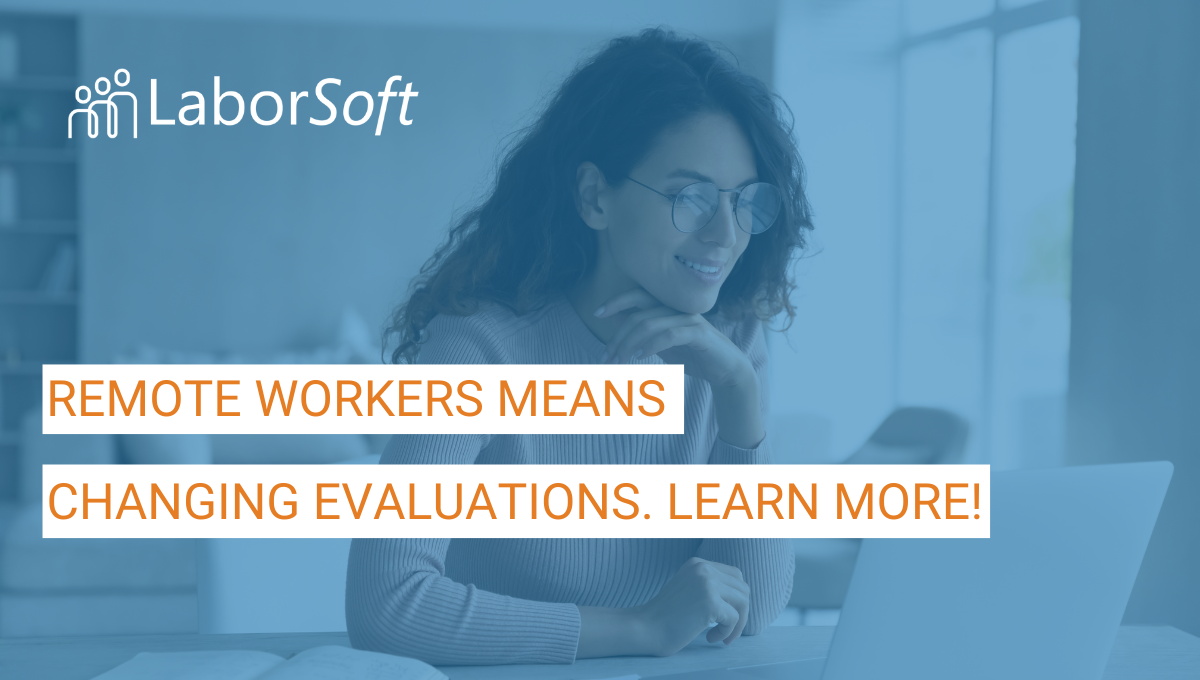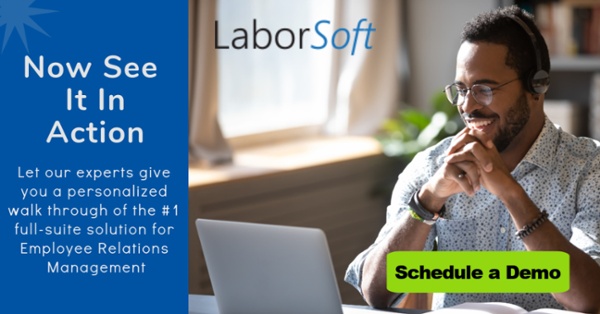Employee Relations | Remote/Hybrid Workforce
Evaluating Dispersed or Remote Workforce Performance
Read Time 3 mins | Mar 5, 2020 | Written by: Frankie Kourtis

 The 21st century has ushered in more innovations and conveniences than ever before. Not only have these innovations drastically changed everyday domestic tasks, but have also reshaped the structure of the workplace, from physical to virtual and local to global. One such shift has been the migration of a cohesive, centralized workforce to more of a dispersed workforce, often comprised of contract, freelance, or remote employees.
The 21st century has ushered in more innovations and conveniences than ever before. Not only have these innovations drastically changed everyday domestic tasks, but have also reshaped the structure of the workplace, from physical to virtual and local to global. One such shift has been the migration of a cohesive, centralized workforce to more of a dispersed workforce, often comprised of contract, freelance, or remote employees.
Many companies around the world now offer a “work-from-home” or “teleworking” option for a myriad of reasons, but one of the most compelling is to create a less stressful environment and to encourage more of a work-life balance for employees. In fact, many view this flexibility as one of the topmost perks that companies offer today, more so than conventional offerings like a set lunch period or multiple break times.
In most cases, the consensus is that the advantages of working remotely outweigh the disadvantages—i.e. not dealing with a long commute or fighting traffic, being at home when childcare or familial duties come up, or generally dealing with less distractions or interruptions that tend to happen at the office—however, there can also be some reservations about participating in this less than traditional corporate paradigm that could cause those considering it to give pause. And, the same holds true for managers who have to structure, lead and evaluate a dispersed or remote workforce.
It is very important for both parties involved in a “remote work” relationship to keep the lines of communication open. Since the majority of work will get done electronically (via email, conference calls and teleconference meetings), it is important to stay connected to the workplace, as well as other team members, on a consistent basis. In fact, a major obstacle of working remotely is feeling removed from the day-to-day happenings and interactions that tend to take place at the physical office, both professionally and personally. In fact, it is common for remote employees to sometimes feel “out of the loop” or feel like they’re missing out on the camaraderie that is shared in the workplace.
But the same holds true for managers whose job it is to lead and evaluate remote staff. Since the element of interfacing in person is entirely absent in a remote work scenario, it is critical that managers schedule and adhere to fixed meetings to touch base and give remote employees time to consistently provide a snapshot of their objectives and projects. We know that goal setting is generally one of the best ways to keep employees engaged, hold them accountable and measure productivity, but with remote workers, it is essential in making them feel they are not only in it for themselves (“one for all”), but that their work is valued and impacts the overall organizational goals (“all for one”). Lastly, managers should provide their remote employees with multiple opportunities for feedback and chances to weigh in and shape their own professional path and grow as an employee in the same ways offered to traditional in-office employees.
LaborSoft’s innovative technology is one of many integral solutions that keep your business, in business. Our employee relations analytics, case management workflows, and our central repository of documentation streamlines case management to mitigate risk of operational bottlenecks, costly lawsuits, and legal ramifications stemming from HR issues and complaints. This sensitive data requires that maximum security protocols are in place and that your information is protected at all times.
--------------------------------------------------------------------
Contact us for a customized demonstration and learn how LaborSoft can help you improve communications, build a more collaborative, safe, and supportive workplace, while reducing the likelihood of costly litigation.


